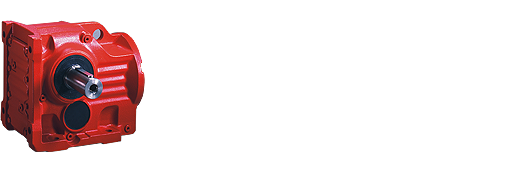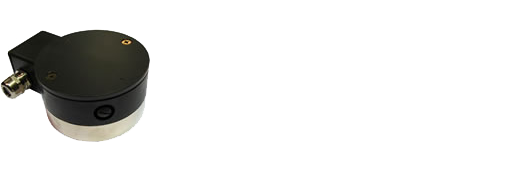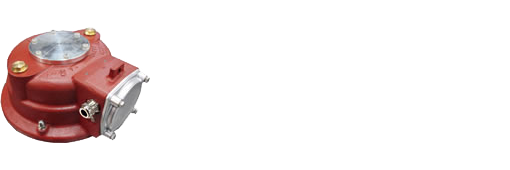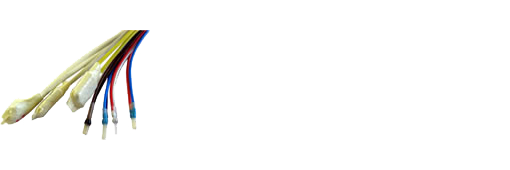
Auxiliary equipment
Our electric motors can be equipped with auxiliary equipment in order to adapt them to a range of applications.
Such equipment can thermally monitor the motor, adapt the speed to the drive requirements, optimise the motor cooling, decelerate the drive, determine the speed or monitor the drive unit. Standardized solutions are available for most of these requirements.
Adaptation of motor speed and torque

Motor speed and torque can be adapted to the specific drive application by means of gear units.
The following gear types are available to cope with a wide range of applications:
- cylindrical gear
- bevel gear
- flat gear
- worm gear pair
Speed measurement

Feedback on speed is required when high demands are place on the drive dynamics and when there is low speed tolerance. Speed is measured either by means of an analogue tachometer or by an incremental encoder.
Analogue tachometer – standard types
• 60 V / 1000 rpm
• 20 V / 1000 rpm
incremental encoders
• preferred type: 1024 pulses/revolution TTL or HTL
Brakes

The brakes we employ are generally single-disc brakes with two friction surfaces. Frictional resistance caused by a number of compression springs produces the braking torque in the current-free state. The brake is released electromagnetically. It is applied again immediately in the current-free state. Depending on the application, the brake is designed as a service brake or holding brake.
- A service brake is used to decelerate the entire drive and must be capable of absorbing the full kinetic energy
- The holding brake is used for keeping the drive in one position and for braking during occasional emergency stops
Thermal monitoring

Excess loading of the drive or insufficient cooling may lead to overheating of the motor windings. In order to protect the motor windings, we can offer to integrate temperature monitors in the coils.
We supply the following versions as a standard solution:
- winding temperature feeler as break or make contact
- PTC thermistor
- PT 100
- KTY 84
Carbon brush monitoring
Two standardized solutions are available for automatically monitoring the length of the carbon brushes:
- potential-free with a switching contact on the brush rocker or
- with a potential applied using brushes with wear detectors
Standstill heating (anti-condensation heating)
If the ambient temperature fluctuates greatly in the operating environment, it is advisable to use standstill heating. This employs a self-limiting heater band with a heating capacity adapted to the size of the motor.
Separate cooling
If the drive application requires a wide range of speed control, the output can be reduced on a surface-cooled motor with its own ventilator. To increase utilization of the motor output at low speeds, a separate cooling system can be employed. This separate cooling unit is mounted either radially or axially on the motor and provides a constant cooling of the motor. An additional power supply is also required for the separate cooling unit.
Mit einem Klick hier gelangen Sie zu unseren aktuellen Stellenangeboten.
